Search Results
Fine Jewelry University Articles matching: “14k star”
Showing only FJU Article results. Click here to show all results.
Fine Jewelry University (Show All FJU Articles)
-
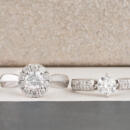
Anatomy of a Ring
… ring has a shank. This is the technical term for the band of metal that encircles the finger. There would be no ring without the shank. If the ring has a distinct design feature on the top part, the ring shank is generally said to start at the point that the design stops. A jeweler will usually add or remove metal from the bottom of the shank when sizing a ring. This can sometimes be done so well that you would never know it was sized looking at the shank with your …
-
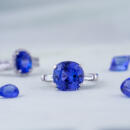
Gem in the Spotlight: Tanzanite
…showed the stones to. Manuel had originally thought he found sapphires, but after discovering they were too soft, he started searching for answers as to what these gems could have been. They went to MIT geologists who discovered the gems …, the VP of Tiffany & Co. at the time, who named the stone tanzanite after the country of origin. Tiffany then started marketing the stone around 1968. The geological conditions required to form tanzanite are quite rare, leading some …
-
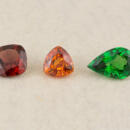
Gem in the Spotlight: Garnet
… red gem. Garnets allow for great personal diversity and style. The wide world of garnets invites all to become a garnet fan. Garnet is January’s birth stone. January babies born in the midst of cold, white (valley fog) and at times stark surroundings are rewarded with one of the most varying birth gemstones…Garnet. Garnet’s pizzazz energizes the gloomiest day. Garnet varieties brighten the world in colors of yellow to gold, bright orange to true orange, brown to …
-
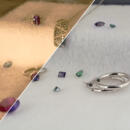
Gem in the Spotlight: Alexandrite
…final note: while alexandrite in its natural form is expensive, its lab-created counterpart is very affordable. So no matter the occasion or budget, our gemologists will be able to find the right stone for you. Contact us today to
-
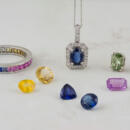
Gem in the Spotlight: Sapphire
… 10 on the Mohs scale, sapphire and ruby (9 on the Mohs scale) are the toughest and most durable gemstones. This toughness makes the sapphire a long lasting piece of jewelry as well as a useful industrial tool. One last legend, the star sapphire has been called “the stone of destiny”; its three crossed lines represented faith, hope, and destiny
-

Jewelry Repair FAQ
… sauce that they use to try to achieve a brilliant and pure white color without the need for rhodium plating. Our Star White Gold is a great example of this. If you’re curious, you can learn more about gold purity here. How can I tell if …In truth, even a high percentage of silver content will not result in a white gold alloy. Silver is actually used in 14k yellow gold and a higher percentage of silver is often used to make green gold. So if it isn’t silver, what metal do…
-
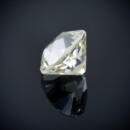
The History of Diamond Cuts
…culet (the point at the bottom of the diamond). Diamonds have gone from one facet (the table) to 18 facets. This cut started to unlock the brilliance within the diamond, and variations of it are still used today. Another early diamond cut… are four triangle facets that point towards the corners of the crown. This gives the appearance of a four-pointed star. The pavilion is cut into four main facets. Moving Towards Brilliance The evolution of the diamond cuts then takes a …